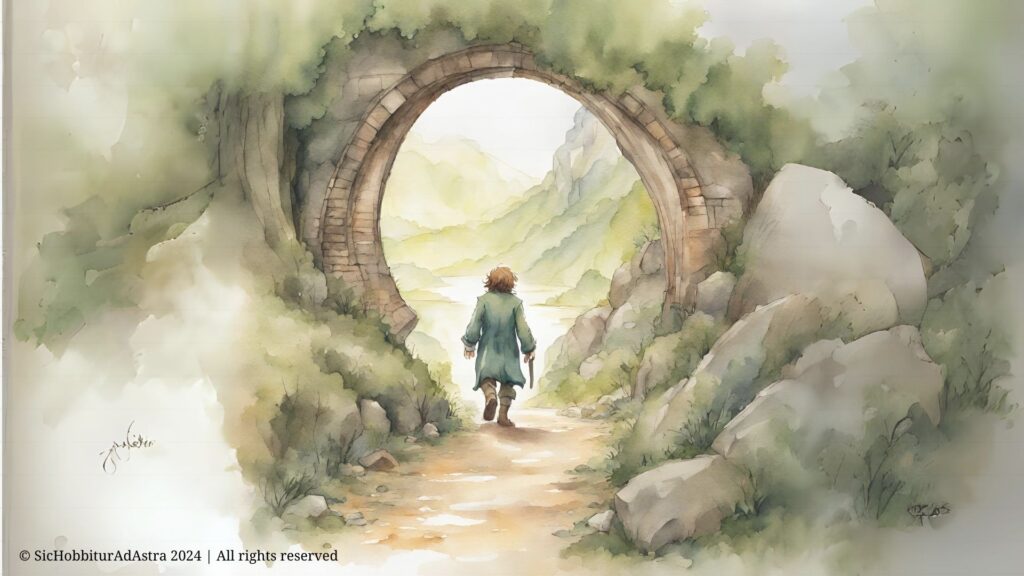
Choosing the right book for your classroom can feel like a balancing act: you want something that captivates your students, keeps them turning pages, and sparks thoughtful discussion. But finding a story that checks all those boxes isn’t always easy. The Lion, the Witch and the Wardrobe by C.S. Lewis, however, is one of those novels that does just that—and much more. With its compelling plot, unforgettable characters, and timeless themes, this book engages students on multiple levels, offering opportunities for rich, cross-curricular conversations that resonate long after the final page.
In this article, I want to share one of my personal favorite teaching choices and explain why it’s always a winning pick in the classroom.
“Reading The Lion, the Witch and the Wardrobe made me realize that real courage isn’t about being fearless — it’s about choosing to do what’s right even when you’re scared.”
Sofia, 6th Grade
1. A Captivating and Accessible Story
At its core, The Lion, the Witch and the Wardrobe is an adventure story brimming with action, suspense, and vibrant characters. From the moment the Pevensie siblings step into the magical world of Narnia, students are hooked. The plot moves quickly, with clear conflicts between good and evil, making it accessible to young readers. What sets this novel apart is how Lewis seamlessly integrates these elements with deeper moral and philosophical themes.
For middle school students, who are beginning to grapple with questions about identity, morality, and the world around them, this story provides a perfect framework for exploration. Whether discussing the brothers’ personal growth, Lucy’s courage, or Edmund’s moral struggle, the narrative offers ample opportunities to reflect on values like loyalty, sacrifice, and the consequences of our choices.
2. A Window Into the Author’s Life and Beliefs
Teaching The Lion, the Witch and the Wardrobe also provides a unique opportunity to explore the life and beliefs of its author, C.S. Lewis. His own conversion from atheism to Christianity is subtly embedded in the text. Themes of redemption, sacrifice, and the triumph of good over evil align closely with Christian theological ideas, particularly in the portrayal of Aslan, the noble lion who sacrifices himself for Edmund’s redemption.
While the religious symbolism may be more pronounced for some, the beauty of Lewis’ writing lies in how these themes transcend specific religious doctrines. The universal messages of courage, forgiveness, and hope resonate with students of all backgrounds. I’ve taught this book in classes with students from various religious traditions—Christian, Muslim, and secular—and found that the novel’s core themes connect with every student, regardless of their faith.
3. An Opportunity for Interdisciplinary Learning
Teaching The Lion, the Witch and the Wardrobe also lends itself to interdisciplinary connections. Lewis’ friendship with J.R.R. Tolkien, another literary giant, offers an avenue for discussing shared themes in their works and their mutual influence. Exploring their friendship can inspire students to reflect on the importance of literary collaboration.
Moreover, the historical context of the novel—written during and after World War II—opens up discussions about how global events shape literature. The White Witch’s reign of terror serves as a jumping-off point to discuss tyranny, justice, and resistance, encouraging students to make connections between fiction and history.

4. A Story That Encourages Personal Reflection
One of the most powerful aspects of The Lion, the Witch and the Wardrobe is its ability to spark personal reflection. Students relate to the characters, especially Edmund, whose struggles with temptation and guilt resonate with many young readers. The novel provides a platform for meaningful discussions on character growth, personal responsibility, and redemption. By analyzing Edmund’s transformation, students are encouraged to think about their own experiences with making mistakes and learning from them.
The book’s portrayal of sibling relationships also resonates with middle school students, who are at a pivotal stage in their own relationships with family and friends. The dynamics between Peter, Susan, Edmund, and Lucy offer valuable insights into how we handle conflict, support each other, and grow together.
Final Thoughts: A Story That Stays with Students
Every time I teach The Lion, the Witch and the Wardrobe, I watch my students connect not only with the story but with ideas that matter—loyalty, sacrifice, courage, and forgiveness. It’s a novel that speaks to their imaginations while encouraging reflection and growth. If you’re hoping to bring more depth, connection, and wonder into your classroom, this book is a journey well worth taking with your students!
And what about you?
What brings you to teach The Lion, the Witch and the Wardrobe in your ELA class?
Share your thoughts in the comments below—I’d love to hear your perspective!
And if you’re looking for resources to help guide your students through a meaningful exploration of this novel, I’ve created a comprehensive bundle that includes character analysis organizers, discussion questions, and activities designed to deepen understanding and spark engaging classroom conversations!
Check it out through the link below!
Thanks for stopping by, and happy teaching!
Chiara


